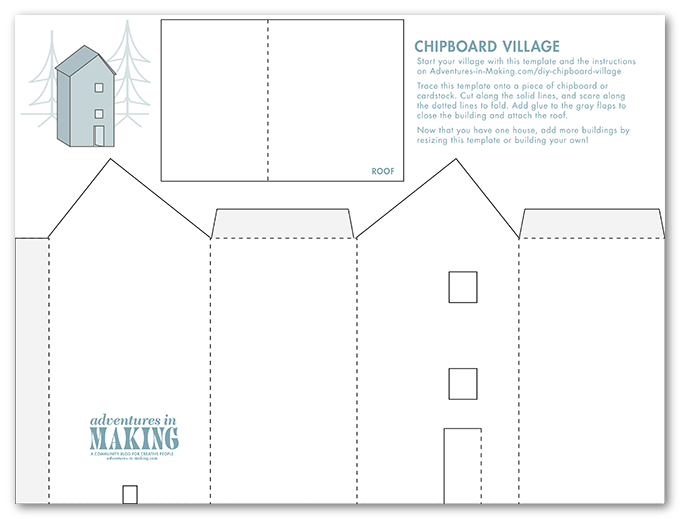 From 2014-2016 I chronicled my crafty endeavors on the site Adventures-in-Making. I’ve selected a few of those DIY’s, Recipes, and other posts to share on the site.
From 2014-2016 I chronicled my crafty endeavors on the site Adventures-in-Making. I’ve selected a few of those DIY’s, Recipes, and other posts to share on the site.
About 12 years ago I stitched together a utilitarian pillow stuffed with cloth scraps and called it a pincushion. It was my sad companion through many a sewing project, and as much as I wanted to replace it I never made the time.
Well! The time has come.
Seeing as it’s February and Stitches + Threads time, let’s turn Cupid’s target into a nifty little pincushion.

SUPPLIES:
- Red and white craft felt
- Corresponding thread or embroidery floss
- A small scrap of chipboard
- A black permanent marker (I used a Sharpie Stained
marker.)
- Your favorite adhesive
- A pair or scissors
- Sewing needle
- A strong thin magnet
- The printed fabric template: to download click on the image below, or here.
- * Optional : If you’d like to turn your pincushion into a wrist band you will need a small length of elastic and a second magnet.

First use the “Wrist Guard” template piece to cut a small heart out of chipboard. This will be place inside the pincushion to keep you from pushing pins all the way through. Use your favorite adhesive to attach one magnet to this piece of chipboard.

Next tape a small piece of white felt to the template sheet and use a window to trace the rings of the target shape with your black marker. You may need to go over it a few times to make the rings as dark as possible.

Set this piece aside for a moment to dry or you will end up with marker all over your hands. (Which is fun!) While you are waiting, use the “Heart” template to cut two red heart pieces, then when the target is dry cut just outside of the first dark ring. Keep all your little fabric scraps for the stuffing steps later. (Waste not, want not and all that.)

Place the target piece in the center of one of the heart pieces and pinch or pin them together. Using black thread or embroidery floss whip the target down to attach it to the pincushion. (I used a blanket appliqué stitch around my target, similar to the one Rachel used in her Alphabet Hoop Art DIY . You can watch a video of how it is done here. If this looks tricky to you, use any old stitch you want!)

When the target is all stitched down make a sandwich with the remaining pieces: target+heart piece, chipboard+magnet piece, plain heart piece.

Then use thread (or floss) to stitch the two red felt heart pieces together, beginning at the top of one side. (For this stitching I used a blanket stitch. You can see a video of a pro doing it here. Any stitch should work to make this little pillow, so play around with it!)

When you reach the top of the other side of the heart, stop sewing and collect your scraps to stuff. Any large scraps can be cut into tinier pieces that will fluff up the inside of you cushion.

Start to fill the space between the chipboard wrist guard and the heart+target piece, using a little bit of stuffing at a time. Make sure to press into the point and sides of your heart to make it really puff.

When you’ve got it almost over-full stitch up the remaining open space and tie a firm knot. Tuck your thread-end into the heart or trim it and you’re all done!

So, why did I have you include a magnet? Because magnets are awesome! If you’re prone to losing straight pins like a startled porcupine loses quills you’ll appreciate the pin collecting magic of a strong magnet. Have a magnetic board or fridge in your making space? Smack your pincushion there for safe keeping!
But if you want to really kick your pincushion up a notch…

you can make a magnetic wrist band. Cut a piece of elastic a little bit smaller than your wrist, and glue a magnet to one end. Sew the two ends together to form a loop, stitching around the magnet.

Then you should be able to attach your pincushion temporarily to your wrist whenever it’s convenient.

If you’re anything like me, it will be convenient a lot.

I don’t think I’ll ever look back to the silly old pincushion of yesterday, but I am tempted to make a bunch more of these guys. Maybe a porcupine…


 From 2014-2016 I chronicled my crafty endeavors on the site Adventures-in-Making. I’ve selected a few of those DIY’s, Recipes, and other posts to share on the site.
From 2014-2016 I chronicled my crafty endeavors on the site Adventures-in-Making. I’ve selected a few of those DIY’s, Recipes, and other posts to share on the site.







































































































You must be logged in to post a comment.